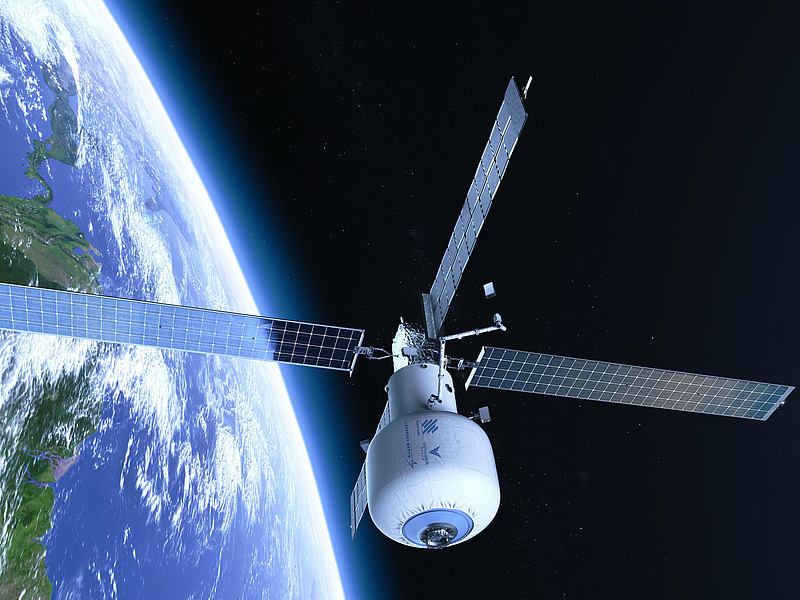With the retirement of the International Space Station (ISS) – and with it its destruction planned – in 2030, the US space agency, NASA, will build a new space base with the participation of the civil sector. In low Earth orbit, they want a usable platform before abandoning the International Space Station. One such station could be Starlab, which could be a commercial space station in first orbit. The project was jointly planned by Lockheed Martin, Nanoracks and Voyager Space, he writes New Atlas.
Starlab aims to carry out a wide range of activities, including general scientific research, materials research, crop production, astronaut training missions on board, as well as to receive space tourists. In addition, the space station will represent a permanent US presence in space while China continues its human spaceflight program.
Starlab’s development will be led by Nanoracks, a commercial space service provider, and Voyager Space will be responsible for the business side. Lockheed Martin will build and operate the plant. The current version will consist of a large inflatable housing unit and a metal docking node. It will have a volume of 340 cubic meters and will contain four solar panels with a total capacity of 60 kilowatts. Meanwhile, the Renewable Environmental Management System and Life Support System (ECLSS) will provide a permanent crew of four astronauts and astronauts. There will also be a robotic arm to handle cargo ships and science experiments in space.
“We are excited to be part of this innovative and knowledgeable team — one that will allow any company to build on its core strengths,” said Lisa Callahan, Vice President and General Manager of Commercial Civil Space Research at Lockheed Martin. “Lockheed Martin’s extensive experience building spacecraft and complex systems, combined with Nanoracks’ business innovation and Voyager’s financial expertise, will enable our team to create a customer-focused space station that can help realize our future plans. We have invested significant sums in our future plans,” Callahan added: “Habitat technology that will allow us to propose a cost-effective, mission-oriented spacecraft design on Starlab.”












































